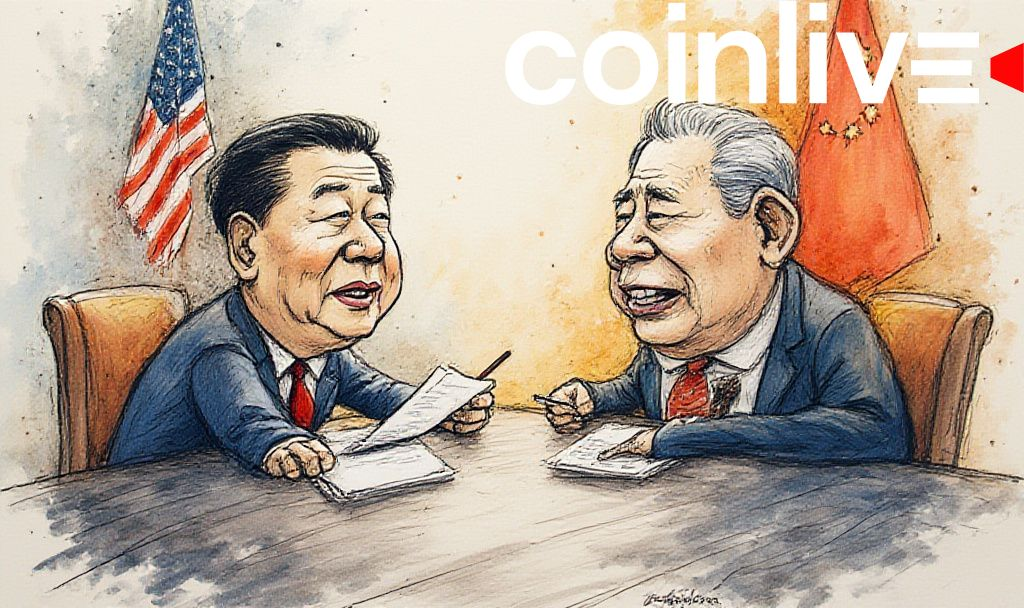- US-China trade tensions rise with demands to end threats.
- China seeks negotiations without pressure tactics.
- Gold prices increase amid trade uncertainty, crypto markets stable.

The ongoing disputes between China and the US signal broader economic implications, potentially affecting investment strategies and market stability. Key assets like gold experience fluctuations, reflecting investor sentiment during heightened trade tensions.
China‘s Foreign Ministry Spokesman Lin Jian has criticized the US for its aggressive trade tactics, insisting on fair dialogue. Reports show the US levying significant tariffs, with China responding by halting certain exports.
Immediate effects on global markets include a notable rise in gold prices to over $3,340 per ounce, indicating investor moves towards safer assets during uncertainty. Bitcoin remained stable, with no significant market movements detected.
Financially, the US enforced 245% tariffs on Chinese goods, impacting several industries. China’s 125% retaliatory tariffs and halts on Boeing orders illustrate a tit-for-tat strategy, affecting the economic landscape.
Parallels to past trade conflicts like 2018–2019 suggest potential volatility, especially in currency markets. Historically, these disputes increased demand for safe havens like gold, while cryptocurrencies saw minor fluctuations amid changing risk appetites.
Insights indicate potential long-term effects, including adjustments in trade policies and shifts in global supply chains. Historical trends imply that traditional markets remain volatile, while crypto-assets might witness modest changes as macroeconomic conditions evolve.
“If the United States really wants to solve the problem through dialogue and negotiation, it should give up the extreme pressure, stop threatening and blackmailing.” — Lin Jian, Foreign Ministry Spokesman, China







